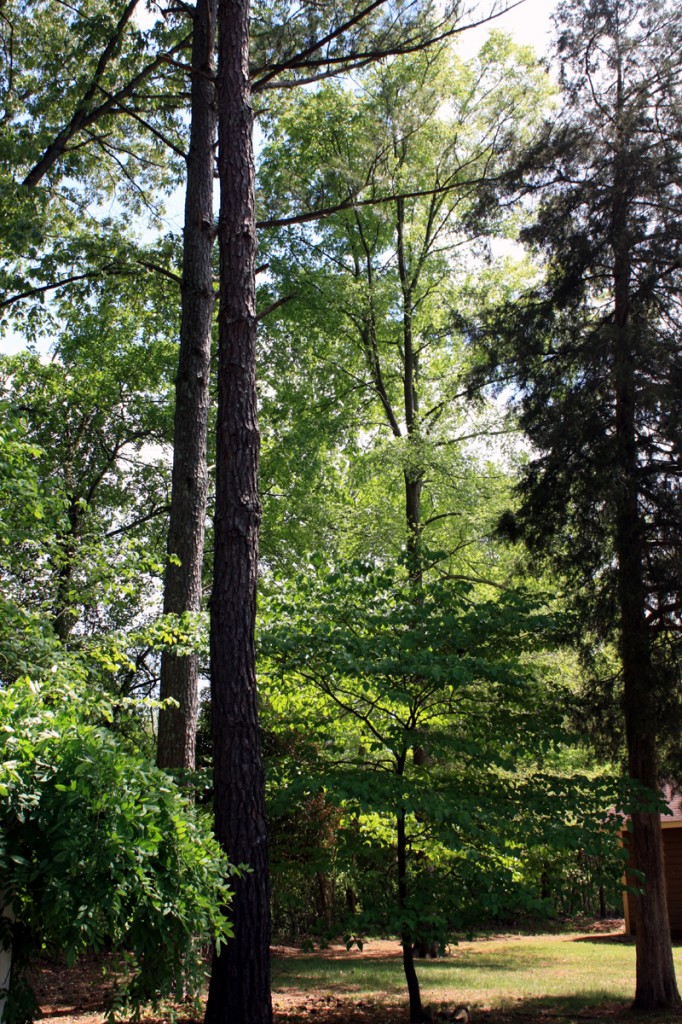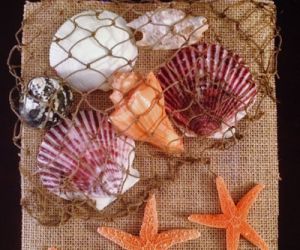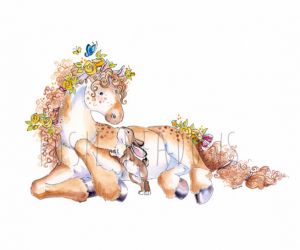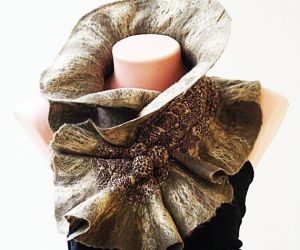Guest author Bob Emerald presents a fascinating overview of the history and process of creating paper.
The Leaves of the Tree
It is a well-known fact that the paper we use every single day is largely made up from wood pulp. While it is true that the higher grades will also contain stronger fibres such as cotton and rags, for the most part it is still largely made from the trees around us. In the past, other materials would have been used. Famously, ancient Egyptians made their writing material from a matt of dried reeds called “papyrus”. A cheaper alternative was dried banana leaves and you will find shops in tourist destinations of Egypt claiming to sell genuine papyrus, but they are not; however, there are ways of telling the difference. Parchment was a very common paper substitute throughout medieval Europe. This was the dried hide of an animal such as a cow or a goat. It was very durable. Yet, it is wood-pulped paper that has endured as even with a few minor changes in the technology we still get most of our product from logging.
Magically Transformed
It is a complex process with today’s industrial level production. The tree is cut down, divided into logs of manageable size and then de-barked. These de-barked logs are reduced to the size of small chips and then digested. The digester removes all traces of lignin (a substance that deteriorates quickly) and creates a uniform size to make the process easier. Then it goes for a washing process to remove any remaining contaminants and to take out chemicals that were used in the digestion process. Then the solution is bleached, creating the very white plain paper that we use every day. The pulp is then beaten into fibres, processed again to remove oversized fibre and then pressed into a uniform flow (a strip with no bulges). Next, it is put into a wire or a fabric line that forms the fibre into a mat that will simultaneously drain the water. The mat is then pressed to remove as much water as possible before the product is finally sent to the driers where the finishing touches are added. By this time it should look like the paper we buy off of the shelves but obviously not in any manageable size!
Into the Leaves of a Book
Processes will always vary slightly depending on the requirements of the paper being used with colouring added or when density is increased to form card. Paper technology is something we take for granted. Look at the type of paper used in a printed book for example. It is coarse to the touch and you’d be forgiven for thinking that the high volume used means that the quality is kept low for cost purposes. However, it has been designed for durability. It can be folded without breaking, it does not become brittle until it has aged a long time (yellow pages are still very flexible) and it can be printed on both sides with a shadow effect most of the time. Book paper can also resist water damage as any avid reader can attest. When the book dries out the leaves will not stick together, although there may be a wavy effect. Most of all, it is resistant to something called “picking”. This is the process by which ink coated paper fibres come away from the paper, creating flaws in the words and eventually making it unreadable. Lower quality papers are far more susceptible to picking.
Bob Emerald is a writer who understands the important and popularised role that paper plays in today’s society, as it has done throughout history. Companies like Papercutz Limited offer a wide selection of paper types so that you can find whatever kind of paper you need.
Image Copyright 2013 Kathryn Depew.







